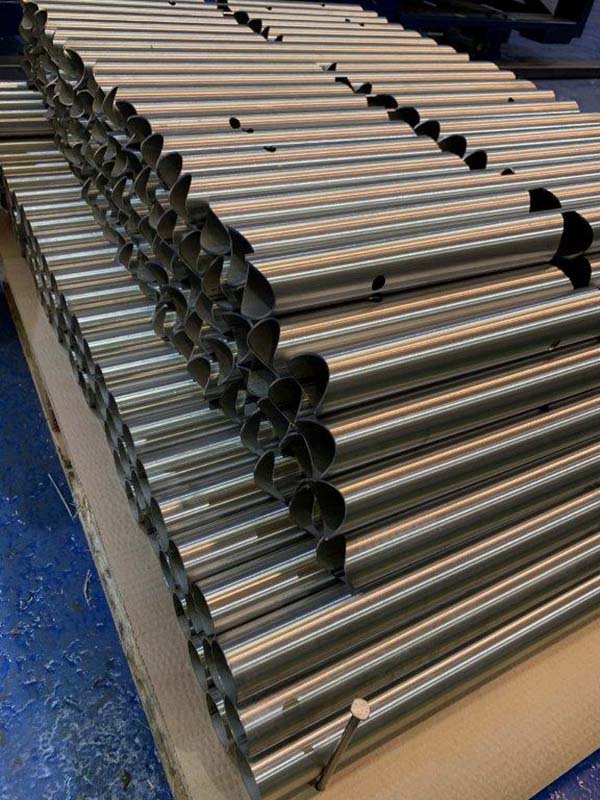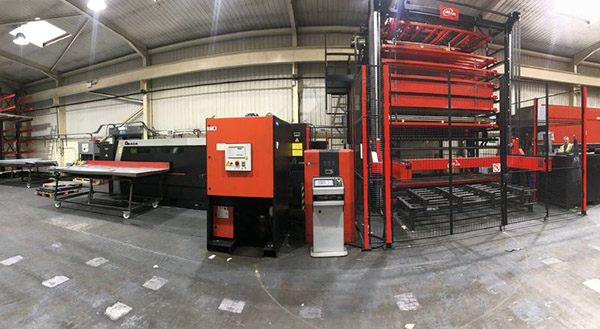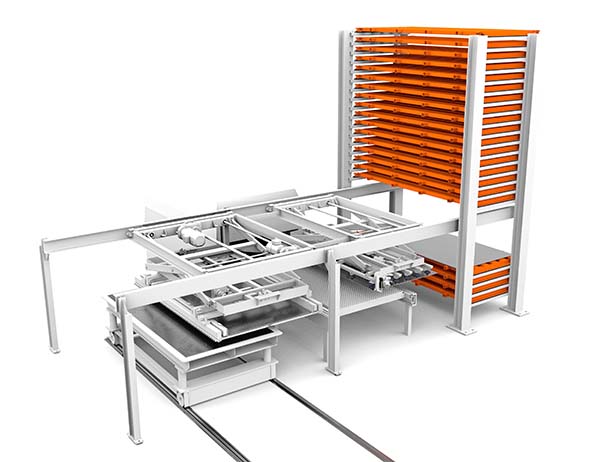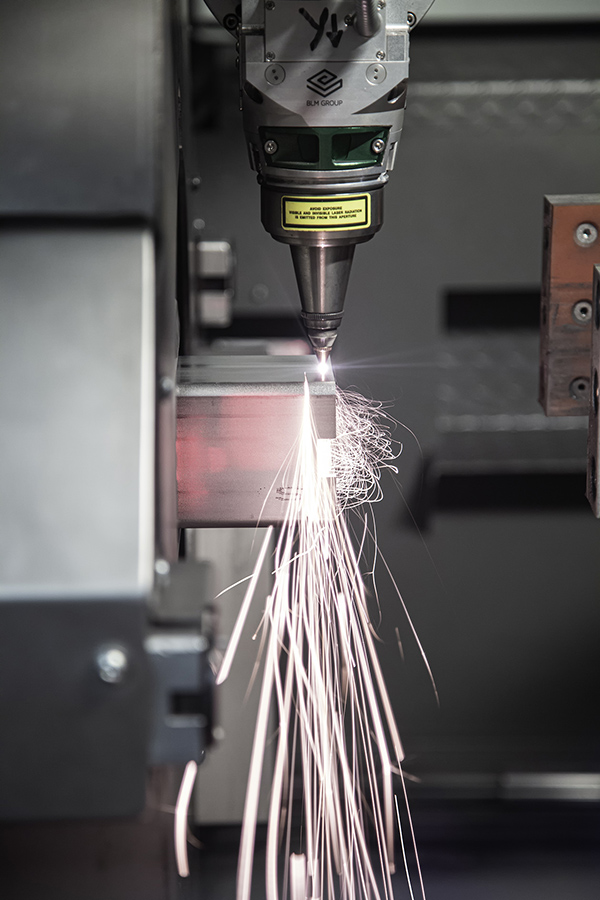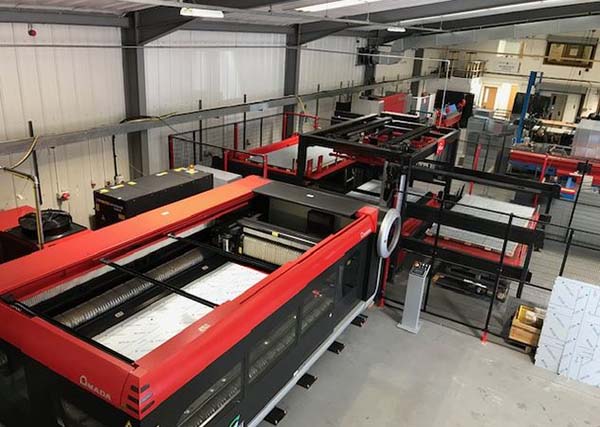The Laser Cutting Co (TLCC) has taken delivery of a new Trumpf TruLaser Tube 7000 at its Sheffield facility.

This customer-focused supplier of subcontract laser cutting services will use the machine, which is currently being commissioned, to achieve further growth as part of its progressive five-year plan. Moreover, with TLCC already producing flat sheet-metal ventilator parts as part of the fight against the COVID-19 pandemic, the new TruLaser Tube is helping the company bid competitively for tube-based parts needed for the same purpose.
“We’re heavily focussed on processing innovative tube design, so our investment in the Trumpf TruLaser Tube 7000 will further enhance our capability and capacity in this area,” says director Charlie Day. “Although we’re a subcontractor, our customer slogan is ‘your partner in production’, where we can add considerable value at the design stage. The Trumpf machine will support our efforts in this area, particularly with six-axis 3D cutting and the flow drill and tapping attachment.”
Smart Design Production is the value-added aspect of TLCC’s business, an initiative that has seen the company deliver production cost savings for customers of up to 50% in some instances. Although laser tube cutting can replace conventional machining processes such as drilling, sawing and milling, it is also now possible to perform threading operations in-cycle, replacing weak and time-consuming fixings such as nuts or rivets.
In the first machining step, the flow drill produces an extrusion that is followed by the cutting of a heavy-duty thread. Sensors monitor the process and alert the operator if a tool breaks, for example.
Advantages such as the flow drill will provide a competitive edge in many regards, not least when trying to win work required by the healthcare sector as it looks to boost capacity due to coronavirus.
For further information www.uk.trumpf.com






